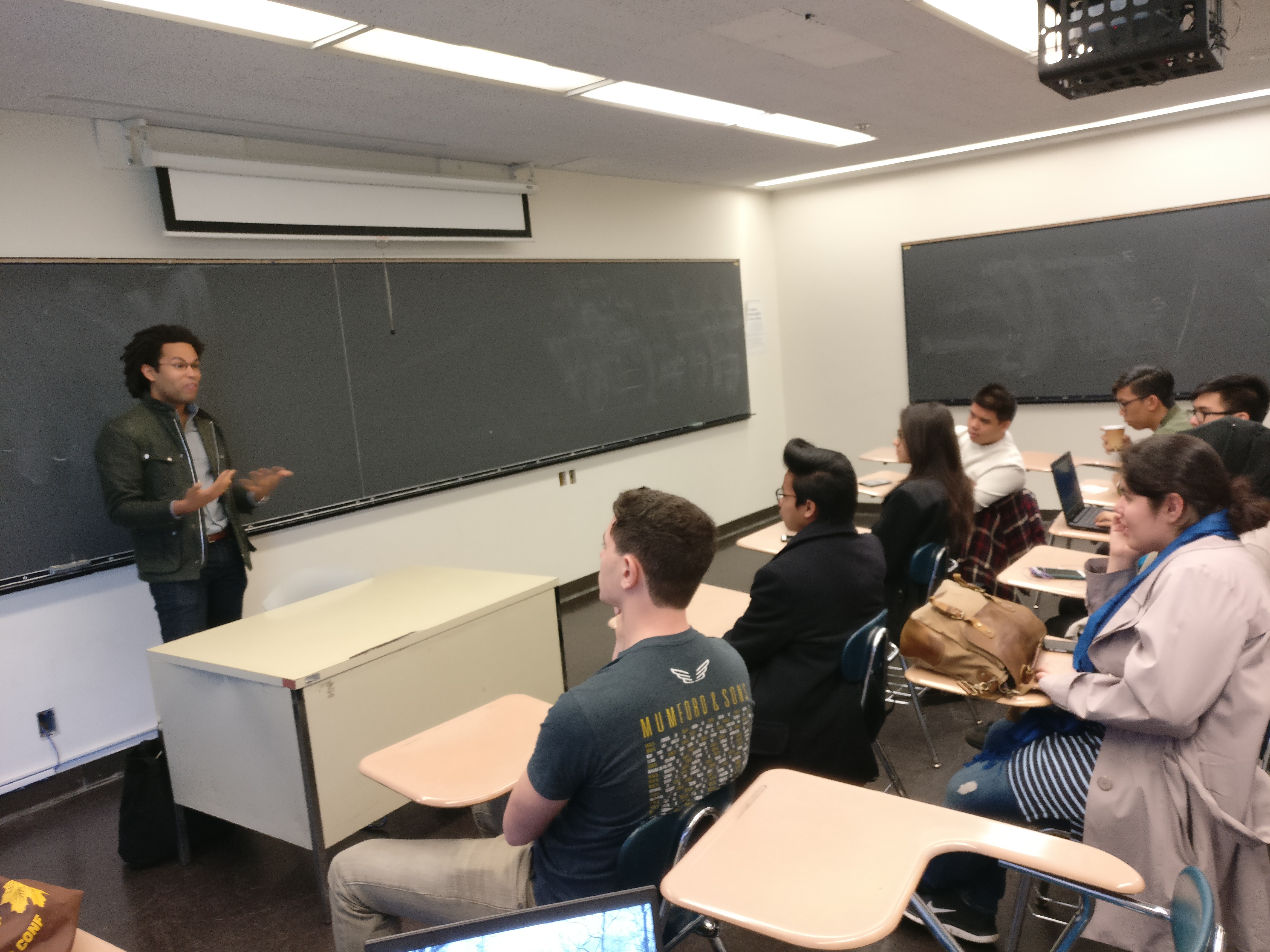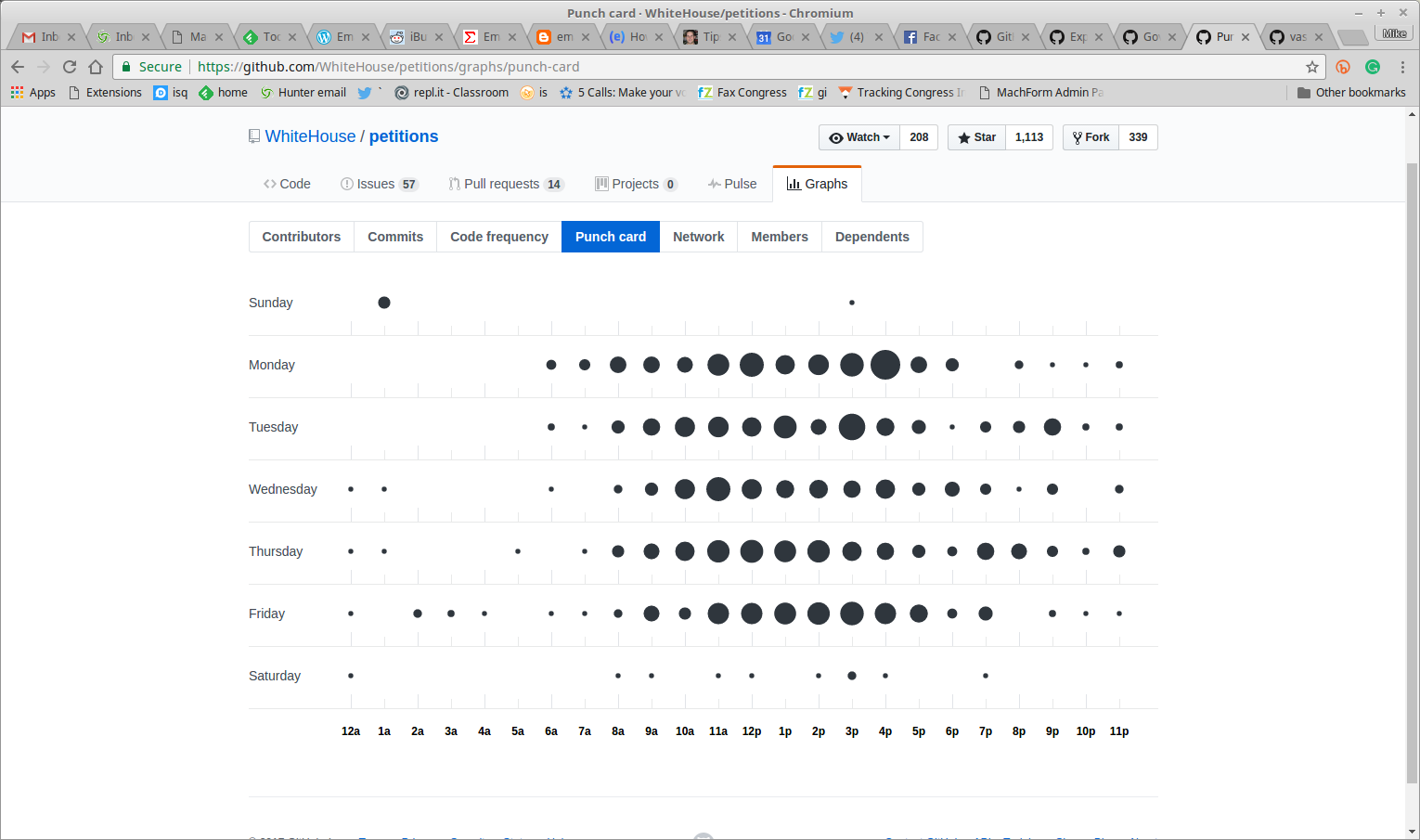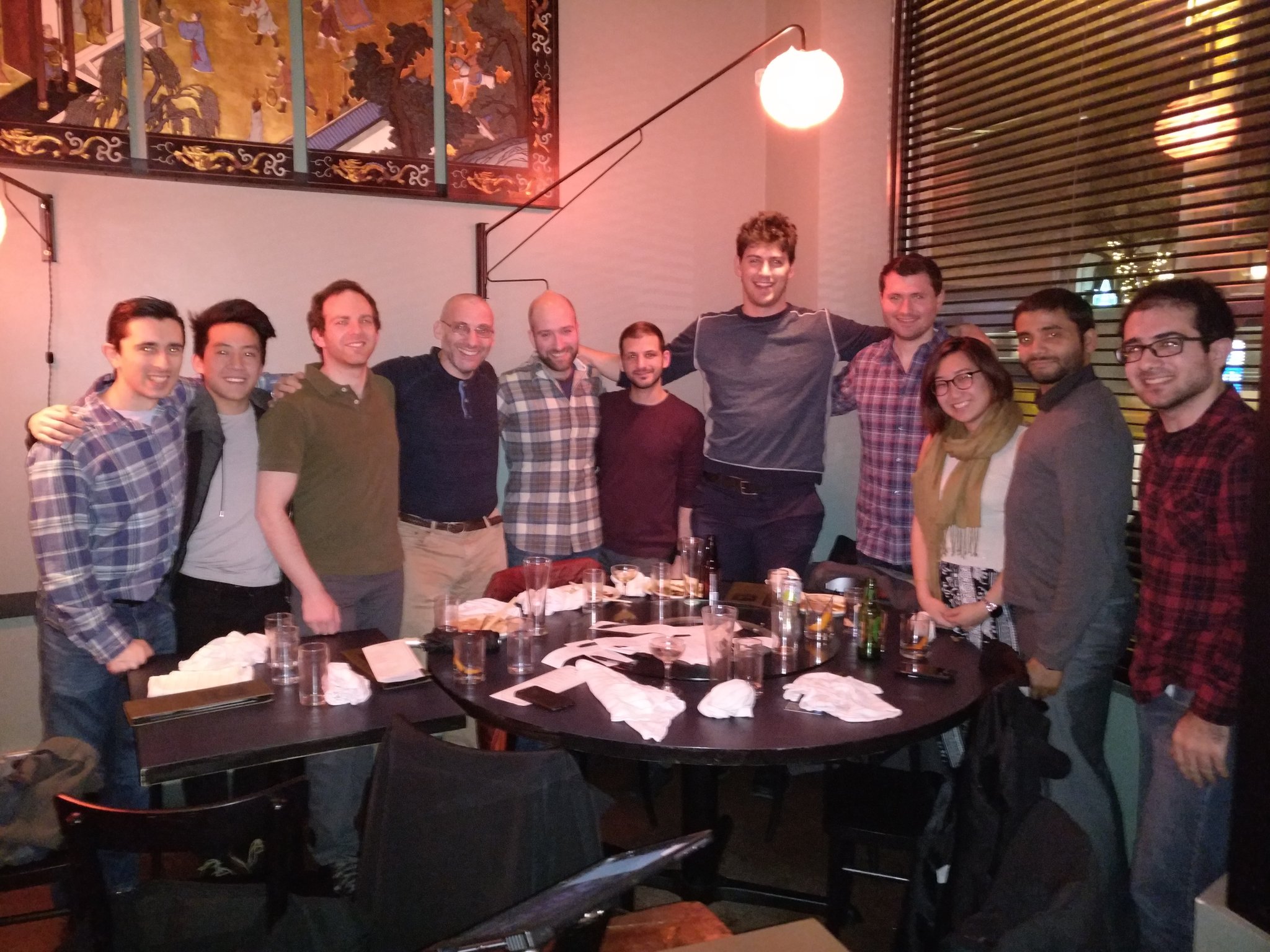It feels good to be helpful
I got some nice feedback today from a couple of disparate places. It was another reminder that being a teacher isn't just about the kids currently in your class but it's about who you are and everyone you interact with. It's not just about teaching a subject but rather about helping people get to where they can potentially go.
About a year ago I started putting together a series of posts and videos showing how I use Emacs. There were a couple of motivating factors. One, I wanted to put together some resources for my students - something that would take them from the Emacs tutorial to a point where they would hopefully see the power of the environment and not buy into the IDE or editor of the month hype but either really use Emacs proficiently or use another editor (Atom, Vim) in a similar fashion.
The other reason was that I wanted to give something back to the Emacs community. I don't create Emacs packages or otherwise contribute but I figured, I'm a teacher, I can do what I do.
So, earlier today I got an email thanking me for my videos and also noticed that over on irreal.org, jcs wrote about moving over to dumb-jump after seeing one of my videos. It's been nice seeing that I've been of some value to jcs since I've learned a lot from his blog. Emails, comments, and notes like this have driven me to continue the series (even though It's been a busy couple of months). It's gratifying that even without writing a line of code, one can give something back to a community that they've found value in for years.
A month or so ago, I had a chat with a former student who's finishing up his last year in college. He was having trouble finding a job, I couldn't figure out why he wasn't getting offers - he's really talented. I tried to give him words of encouragement and reminded him that I was available to help him - as I try to be for the entire "family" in any way I could.
Fast forward to today - I got an email telling me that he got a job that he's very excited about. He felt the interviews with this company were going well so he was waiting for them to resolve before reaching out to me. He also told me that our talk was very helpful to him.
Sometimes it's not just in a class where we can have a positive effect but sometimes just a talk on the side. Sometimes many years later.










